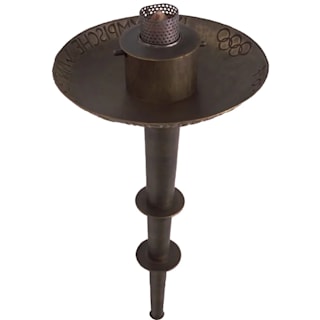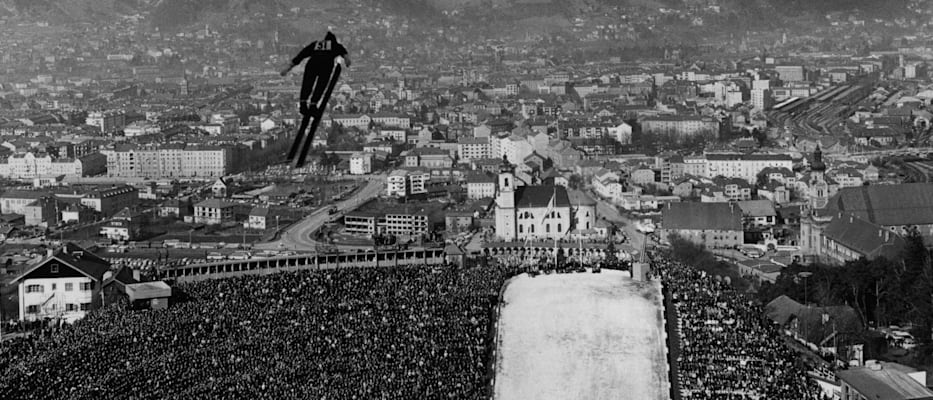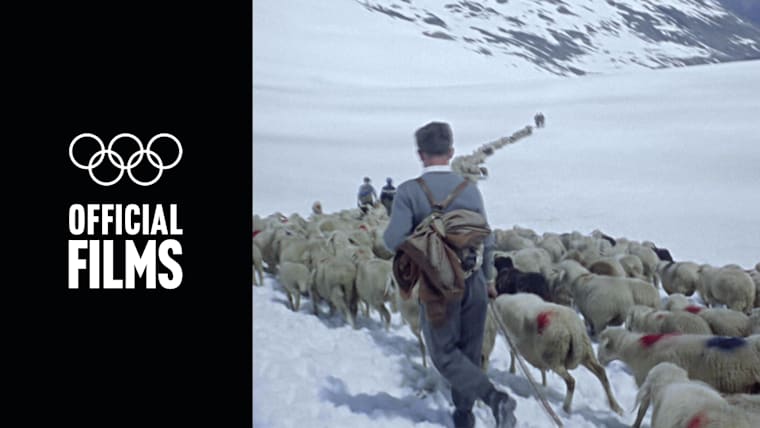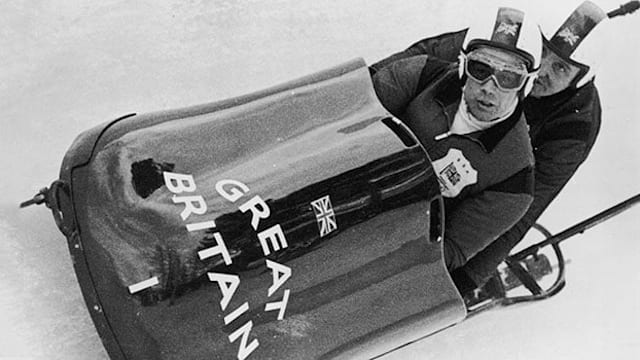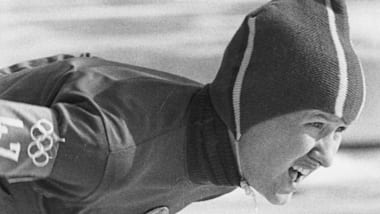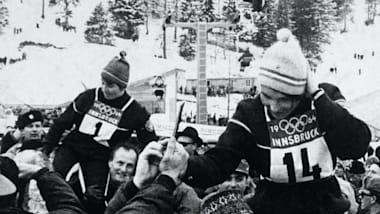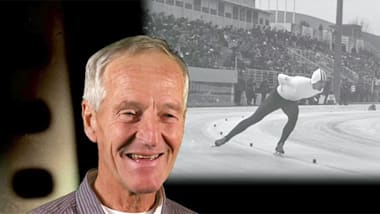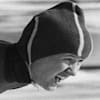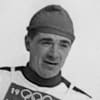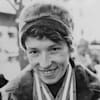Olympic Winter Games Innsbruck 1964
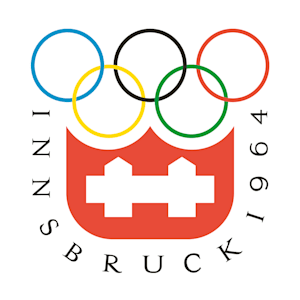
Innsbruck 1964
About the Games
Lack of Snow
The Innsbruck Games were threatened by a lack of snow. The Austrian army rushed to the rescue, carving out 20,000 blocks of ice from the mountain side and transporting them down to the luge and bobsleigh tracks. They also carried 40,000 cubic metres of snow to the Alpine skiing slopes and leave 20,000 cubic metres of spare snow as a back-up.
Firsts and Debuts
Mongolia, India and North Korea all made their debuts, and the latter’s Han Pil Hwa took silver in the women’s 3,000m speed skating event, her country’s first Olympic Winter medal. In the bobsleigh, athletes raced on a track that used artificial ice – another first. This resulted in the sport losing much of its danger.
Keep it in the Family
Eighteen-year-old Marielle Goitschel of France finished in second place behind her older sister Christine Goitschel in the women's slalom. Two days later, Marielle got her revenge and finished ahead of her big sister in the giant slalom.
Olympic Spirit
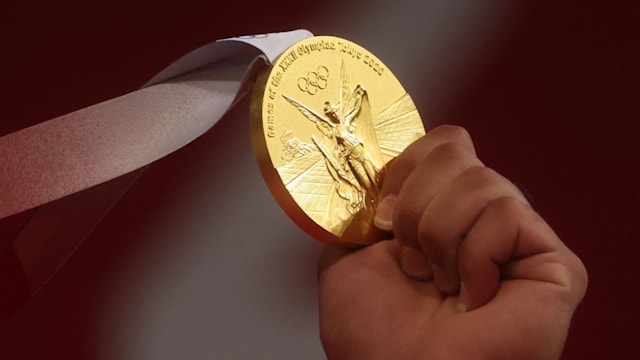
Medal Table
See the list of teams and medals won by each.
1964
Featured Athletes
Replays from
Innsbruck 1964
1964
Discover the Games
The Brand
A visual identity is developed for each edition of the Olympic Games.Brand

The Medals
Beginning as an olive wreath, medal designs have evolved over the years.Medals
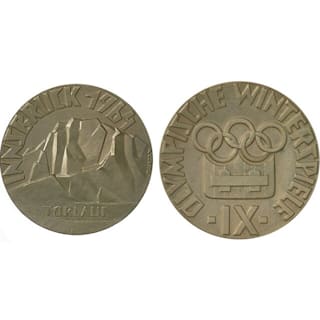
The Torch
An iconic part of any Olympic Games, each host offers their unique version.Torch
